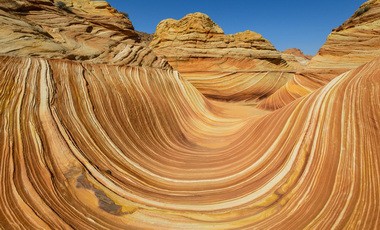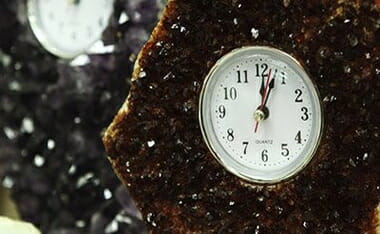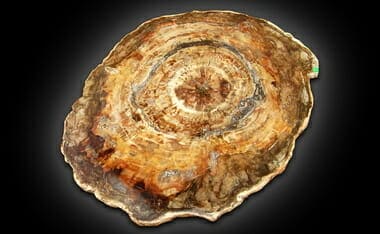I just saw this on TWITTER and it brought to mind another documentary from the mid-90s, but first this short video:
Geomorphology of a river: what happens when you install a dam or a weir and how the sediment transport changes [full video + full explanation here: https://t.co/cjyB0k8UXu] pic.twitter.com/L47YsqCCcJ
— Massimo (@Rainmaker1973) June 27, 2022
This reminded me of the following video many years ago (1994? 1995?). This newer video from Twitter is playing decades old catch up and it’s impact on geological dating [the above video and below] are enormous.
(YOU CAN CHANGE THE RESOLUTION MODE IN THE SETTING FUNCTION IN THE VIDEO)
(KEYWORDS: Superposition, Strata, Laminae, Stratigraphy, Bedding planes)
EXPLANATION
The principle of superposition requires that superposed strata in sedimentary rocks form from successive layers of sediments. The principle of continuity asserts that each layer has the same age at any point. These principles apply a relative chronology to superposed strata. The correlation between strata and time allowed Charles Lyell to establish the first geologic column in 1830.
From his examination of sediments in the Gulf of Naples in Italy a century ago, Johannes Walther, one of the founders of sedimentology, formulated his law of correlation of facies: “As with biotopes it is a basic statement of far-reaching significance that only those facies areas can be superposed primarily which can be observed beside each other at the present time”. Walther’s law, which gave rise to the modern sequential analysis of facies, is not in agreement with the principles of superposition and continuity. His law, as well as the observations of the Bijou-Creek deposits, suggested that the contradiction might be due to the belief that superposed strata are the same as successive layers.
The author’s first experiments on lamination and those performed at the Colorado State University in large flumes showed that stratification under a continuous supply of heterogeneous sand particles can result from: segregation for lamination, non-uniform flow for graded beds, and desiccation for bedding plane partings.
In the flume experiments superposed strata were always distinct from successive layers, and neither the principle of superposition nor the principle of continuity applied to the strata.
Due to the mechanical nature of segregation and the presence of sediments and non-uniform flow in oceans and rivers being the same factors producing strata formation in the flume, the experimental results might have some application to the genesis of stratified rocks.
As the experiments cast doubt upon the use of the principles of superposition and continuity for interpreting the origin of sedimentary rocks, it would perhaps be preferable to follow the modern approach of sequential analysis, although on a larger scale. Such an approach should necessarily take into account the present series of experiments.
(See Guy Berthault’s PDF presentation, also, ICR’s later article HERE)
Also this older upload of mine, related:
Fossils in Layers Made By Mt. St. Helens


